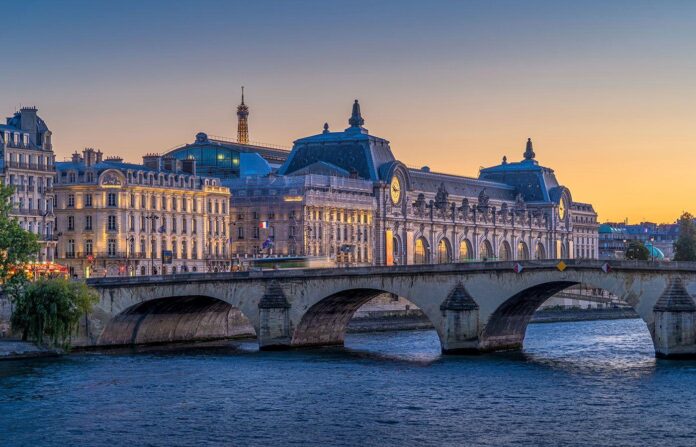A new programme designed to bring global arts and cultural institutions into the world of Web 3.0—the decentralised third generation of the Web that is home to blockchain, cryptocurrencies and NFTs—has selected 12 institutions, including the Musée d’Orsay in Paris, the House of Electronic Arts, Basel (HeK), and the Royal College of Art in London, to join a fellowship that aims to engage with blockchain technology to preserve and promote cultural heritage, for social good, environmental justice, and financial stability.
The Web3 for the Arts and Culture (WAC) fellowship programme—a collaboration between the Tezos Foundation (the non-profit arm of the Tezos blockchain), the social innovation group We Are Museums, and TZ Connect (a Berlin-based group supporting projects and companies building on Tezos)—was launched on 26 January. It offers an education in the basics of blockchain technology, including lectures, workshops, and mentoring sessions with industry experts.
The programme explores the use of blockchain in the cultural sector, as well as its legal and social implications and its intersection with the video game world. In addition, it covers Web 3.0 communication and community building and provides a hands-on experience in DIY blockchain development.
According to a WAC statement, a team from the French Ministry of Culture will also lead a special research track focused on the permanence of artistic royalties through smart contracts and other means, and on how blockchains communicate with each other. Permanent royalties were once one of the most touted reasons for why artists should adopt NFTs. In practice, this is under threat as a race to the bottom has seen many NFT platforms remove the requirement for buyers to pay royalties.

The WAC Fellowship explores the use of blockchain in the cultural sector, as well as its legal and social implications Photo: Courtesy WAC Fellowship
Sabine Himmelsbach, director of the HeK, told The Art Newspaper that her institution plans on integrating greater blockchain functionality with its core museum programming. “For us, the WAC Fellowship comes at the right moment, as this year our programme is focused on blockchain technologies. This is a fantastic opportunity for our institution. This year we’re planning to establish a DAO [a decentralised autonomous organisation] and through that build a blockchain-based circle of friends. We’re excited to be part of the fellowship and look forward to what we’ll learn over the course of the fellowship.”
Diane Drubay, founder of WAC Lab, said, “Our goal is to work with these institutions to explore how they can use blockchain technology in innovative ways to achieve their goals and build a sustainable future.” The WAC Fellowship has previously supported the Light Art Space Foundation exhibition, Life After BOB (2022), by Ian Cheng, featuring a fully integrated live-minting NFT experience.
The selected institutions also include the Australian Centre for the Moving Image (ACMI), Melbourne; Belvedere Museum, Vienna; Haus der Kunst München; the French Ministry of Culture; the Berlin-based Institute for Sound and Music; the Musée de l’Orangerie, Paris; the Museum of Modern and Contemporary Art Sri Lanka, in Colombo; the National Taras Shevchenko Museum, in Kyiv; The Reel Store, in Coventry; and the Wooko Makandie Foundation, in Utrecht.

























